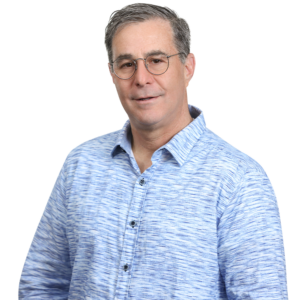In a sweeping reimagining of the Opportunity Zone (OZ) program, congressional leaders have not merely adjusted the framework—they’ve overhauled it.
The final “One Big Beautiful Bill” sunsets the original OZ program and launches a bold new chapter (OZ 2.0) rooted in targeted investment, equity, and community transformation. The original OZ program will sunset, with all eligible gains still required to be recognized by December 31, 2026. Beginning on January 1, 2027, a new rolling 10-year OZ designation process will commence, and the Qualified Opportunity Zone (QOZ) investment provisions will become a permanent fixture in the tax code. This permanence ensures sustained momentum for long-term, impact-driven investment in underserved communities.
Eligibility Criteria for OZ Designation
To better align with the program’s original intent, the OBBBA tightens eligibility criteria for OZ designation:
- Only areas with a statewide median income of 70% or less of the metro or state median may qualify.
- At least 25% of designated zones must be low-income communities.
- Contiguous tracts which were previously considered a loophole that allowed wealthier areas to benefit are no longer eligible.
- The blanket QOZ designation for all low-income communities in Puerto Rico is also repealed, effective as of December 31, 2026.
The OBBBA streamlines the basis step-up provisions:
- A 10% step-up for Qualified Opportunity Funds (QOF) or 30% step-up for Qualified Rural Opportunity Funds (QROFs) applies after five years of investment.
- A gain is still required to be recognized the earlier of when the QOF is sold, or after five years.
- If an investment is sold after 10 but before 30 years, the basis equals fair market value (FMV), with no gain or loss recognized.
- If sold after 30 years, the basis is deemed equal to the FMV on the 30-year anniversary of the investment.
Qualified Rural Opportunity Funds (QROFs)
To encourage greater investment in rural America, the OBBBA introduces a new investment vehicle: QROFs. These funds must invest 90% of their assets in rural OZ property which is defined as areas with 50,000 or fewer residents and not adjacent to urbanized zones. QROFs will benefit from enhanced incentives:
- A 30% basis step up (triple that of the standard OZ benefit).
- A reduced substantial improvement threshold of 50% (down from 100%).
These changes are especially impactful for multi-family and light commercial redevelopment, where high capital expenditure requirements have historically hindered revitalization efforts.
Governors retain the authority to nominate eligible tracts, but all designations remain subject to Treasury oversight to ensure continued focus on distressed areas and the program’s mission.
Reporting Framework
The OBBBA establishes a robust reporting framework through new Code Sections 6039K, 6039L, and a penalty provision in 6726 to enhance transparency around QOF investments. QOFs must report to the Internal Revenue Service and investors detailed financial and operational data including asset values, NAICS codes, property details, census tract locations, investment breakdowns, residential units, and employment figures. Qualified Opportunity Zone Businesses (QOZB) will follow similar requirements. Non-compliance may trigger penalties of up to $10,000 per return, or $50,000 for large QOFs, with adjustments for inflation and harsher penalties for willful violations.
With these reforms, the OBBBA seeks to restore the OZ program’s original promise: to channel capital into the communities that need it most and empower investors to be agents of inclusive, long-term growth.
Contact Us
For more information on this topic, reach out to Withum’s Real Estate Services Team today.




